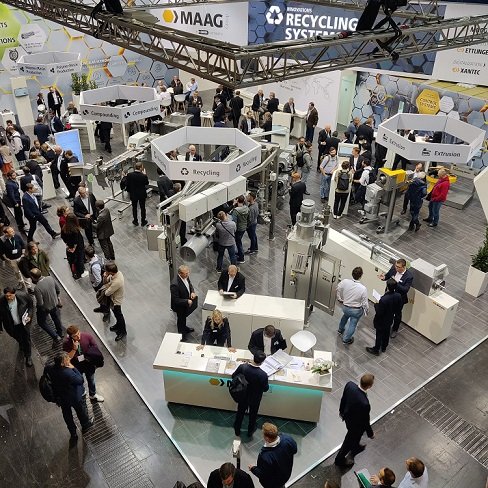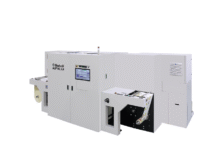
The K exhibition in Dusseldorf is on the whole a big success but there is a subtext that the new normal is not yet quite normal. Although the organizers have not yet declared the numbers, several exhibitors are missing the full-scale footfalls of the previous exhibitions. The reasons and justifications are many, a general malaise in the global and German economy with higher cost materials, energy, and gaps in the supply chain.
Some of the Indian exhibitors are less than satisfied with their half-built stands and a shortage of labor and the difficulty of finding anyone to take responsibility to solve the last-minute finishing problems that are a part of any show of this humongous scale. Another instance is our magazines lying in boxes in a room belonging to the logistics company of the fair for the International Trade Press stand, without any interest of anyone responsible to find the boxes and deliver them to where they are meant to be displayed.
Added to this lack of enthusiasm is the resource shortage in German embassies that has deprived both exhibitors and visitors of timely visas. The airline schedules and strikes have not helped either. Thus as the world descends into chaos, the advanced countries increasingly dissemble and resemble the regions to whom they ascribe huge inefficiencies that can only be solved with their superior technologies and culture.
However, there is a great deal to see, experience, and learn at K as the industry is not only growing quickly at least in our region but also because we are nearing the inflection point of sustainable packaging solutions that imply the necessity of all plastic recycling. The major players in the industry are showing and demonstrating their approach to this existential problem, especially as it is increasingly recognized by regulations and laws coming into force globally.
Jean Pascal Bobst in his opening talk at the Bobst stand admitted that the solutions that his company is proposing may seem to be overambitious or even presumptuous but nevertheless, his company sees the need to lead the industry by proposing new materials, processes, and packaging products in both flexible and paper-based packaging. To a large extent, he said that in the future, packaging processes data will be key and it will have to be handled in the cloud. In addition, similar to what was said at the recent Elite Conference in Mumbai – the new solutions will have to be collaborative.
A more automated version of Soma’s CI flexo presses is being demonstrated with an automated setup for more efficient changeovers linking its setup to recipes in the cloud. The levels of automation are also meant to bring down the level of expertise of resources, which is a problem faced by flexo printers worldwide.
Indian exhibitors are by and large saying they are content with the quality of visitors although the numbers are decidedly lower than in 2019. Most are not showing any running machines and some have brought digital presentations that they say have led to wider engagement with their company than a single running machine might have. Even larger companies such as Hosokawa Alpine and Reifenhauser are focused on showing new developments in the form of processes and sample materials rather than having large lines at the show.
The subtext of the K show remains sustainability and recyclable packaging to meet the CEFLEX guidelines by 2025 and the higher ReCylass standards. Thus many of the visitors have come to see new technology in terms of automation and efficiency to protect their future profits and growth. Simultaneously many of the converters are able to learn about the new materials and methods and technologies that will drive recyclable packaging. However, the new combinations of technology and processes being offered are compelling the making of choices in investments when the directions of the new solutions are not entirely clear, partly because of the regulations and laws that are yet to be put into place by governments.
*Naresh Khanna and Shardul Sharma










